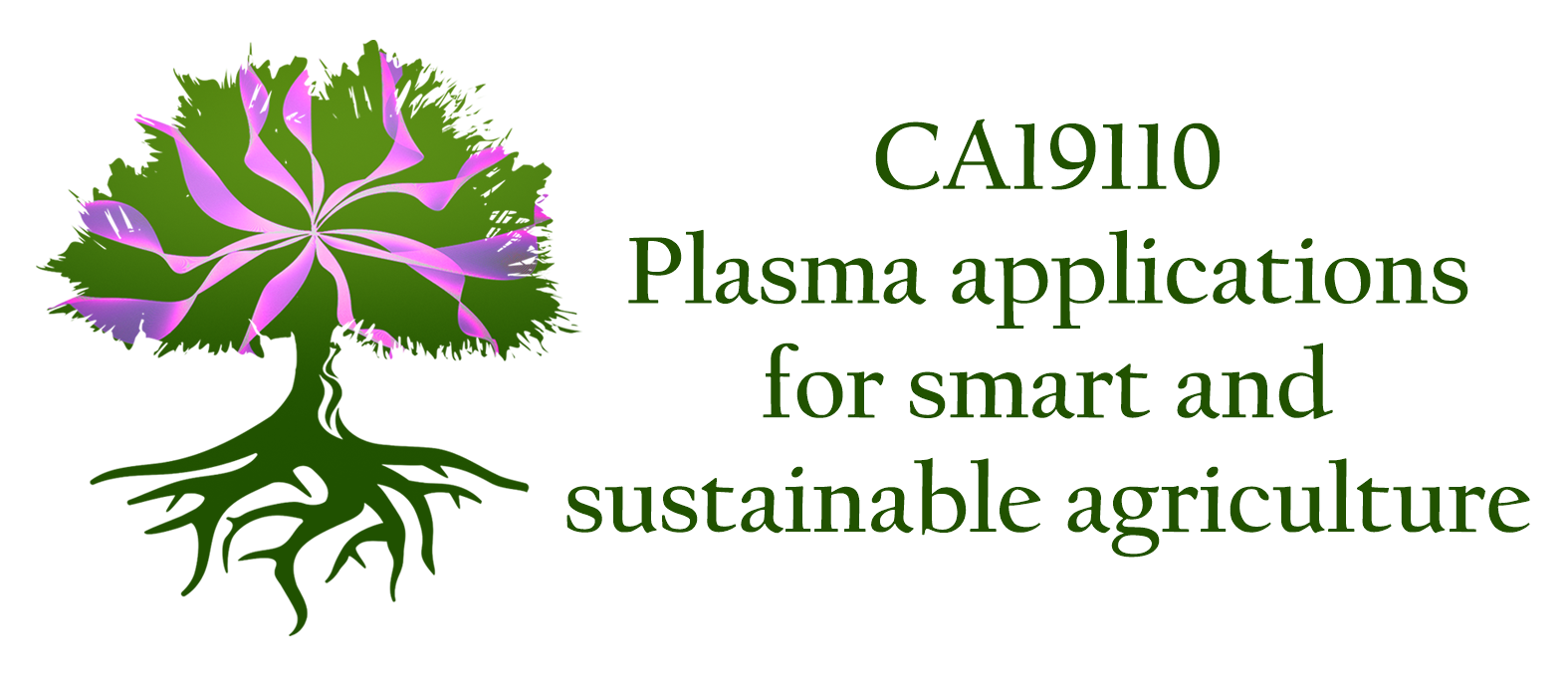This workgroup focuses on exploring the potential of low-temperature plasma (LTP) technologies in food processing and preservation to ensure safer food and increase shelf life, reducing waste while preserving food quality. The main aim of this workgroup is to identify the applications in the food production chain where plasma technology could have a potential application transferable to the industrial processing environment. The workgroup also aims to foster the development of plasma sources and technologies with attention to legislative, energy consumption, cost-effectiveness, food safety, and quality aspects.
WG5 - Applications of plasma processes and technologies in food industry
Tasks
T5.1. Identification of key food applications and plasma technologies with a potential for their transfer to the production while also considering the Novel Food legislation and consumer acceptance aspects. This activity will define a technical roadmap for research in plasma processing for the food chain. This roadmap will be made with the contributions of experts from various facets of the field and profound analysis of the current state of the art. The road map will deal with the following points:
- identification of key food applications with the potential for being transferred to the production environment (e.g., food sanitation, food stabilization, sanitation of food processing environment, packaging sanitation and modification, allergen control in foods and processing environments);
- for each application, identification of key parameters to evaluate process efficacy;
- for each application, evaluation of the most promising plasma technologies (e.g., direct or liquid mediated plasma treatments) to be investigated, their risks, potential pitfalls, and competitive non-plasma technologies;
- definition of key parameters and their acceptable levels to assess food safety and quality after plasma treatment.
The contribution of industrial partners and regulatory agencies will be of primary importance in defining the technical roadmap.
T5.2. Functional characterization of key food applications. This task is dedicated to evaluating the effectiveness of plasma technology in the identified key food applications. Process efficacy will be evaluated against the key parameters identified in Task 5.1, and the possibility of adopting standard procedures to obtain comparable results across various laboratories will be discussed. Aims of this task are:
- electrical characterization of the plasma devices to support the analysis of the energy expenses of the treatments.
- identification of the main chemical species and quantitative analysis of key plasma parameters (e.g., the concentration of specific chemical species, UV radiation, electronic density, and temperature);
- identification of the physical-chemical mechanisms governing plasma effects in the key food applications.
T5.3. Analysis of food safety and quality. This task is dedicated to evaluating the properties of plasma-treated foods (as well as other treated materials). Detailed characterization procedures and benchmarking of the treated foods’ safety and quality parameters will be suggested (e.g., physical properties, organoleptic properties, vitamin content, chlorophyll content, bioactive compounds content, antioxidant activities, enzymatic activities, endogenous enzymes, enzymatic browning). Shelf life analysis, along with food quality tests during the shelf life, will be considered.
T5.4. Intermediate scale-up of selected technologies and processes. The project’s last task will deal with identifying the most promising applications based on the technical results and the scientific advancements realized during the extent of the COST action. In this task, close collaboration between academic and industrial partners will be encouraged with the aim of scaling promising technologies up to an intermediate level (e.g., pilot plants).
Subscribe our Newsletter
